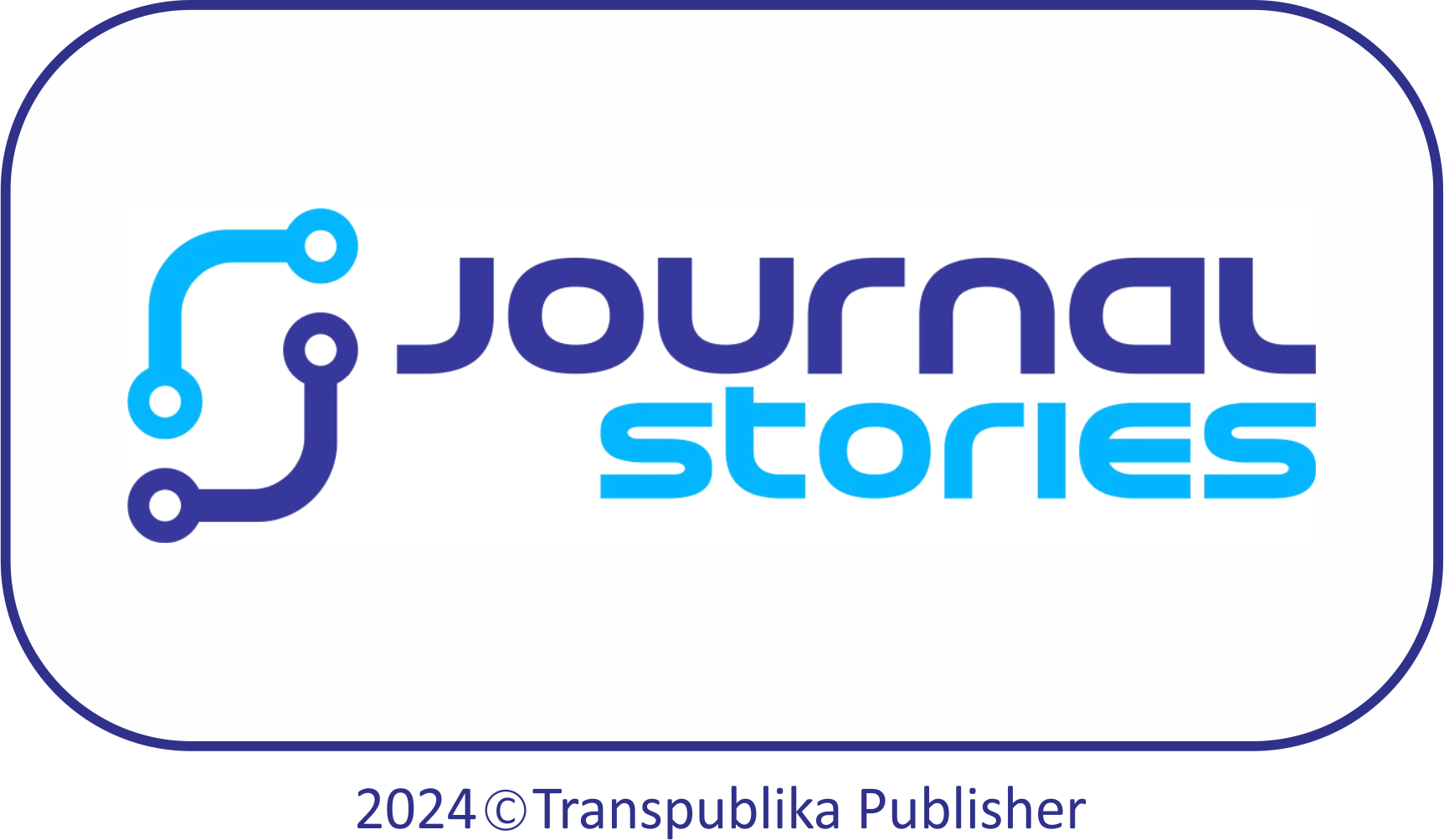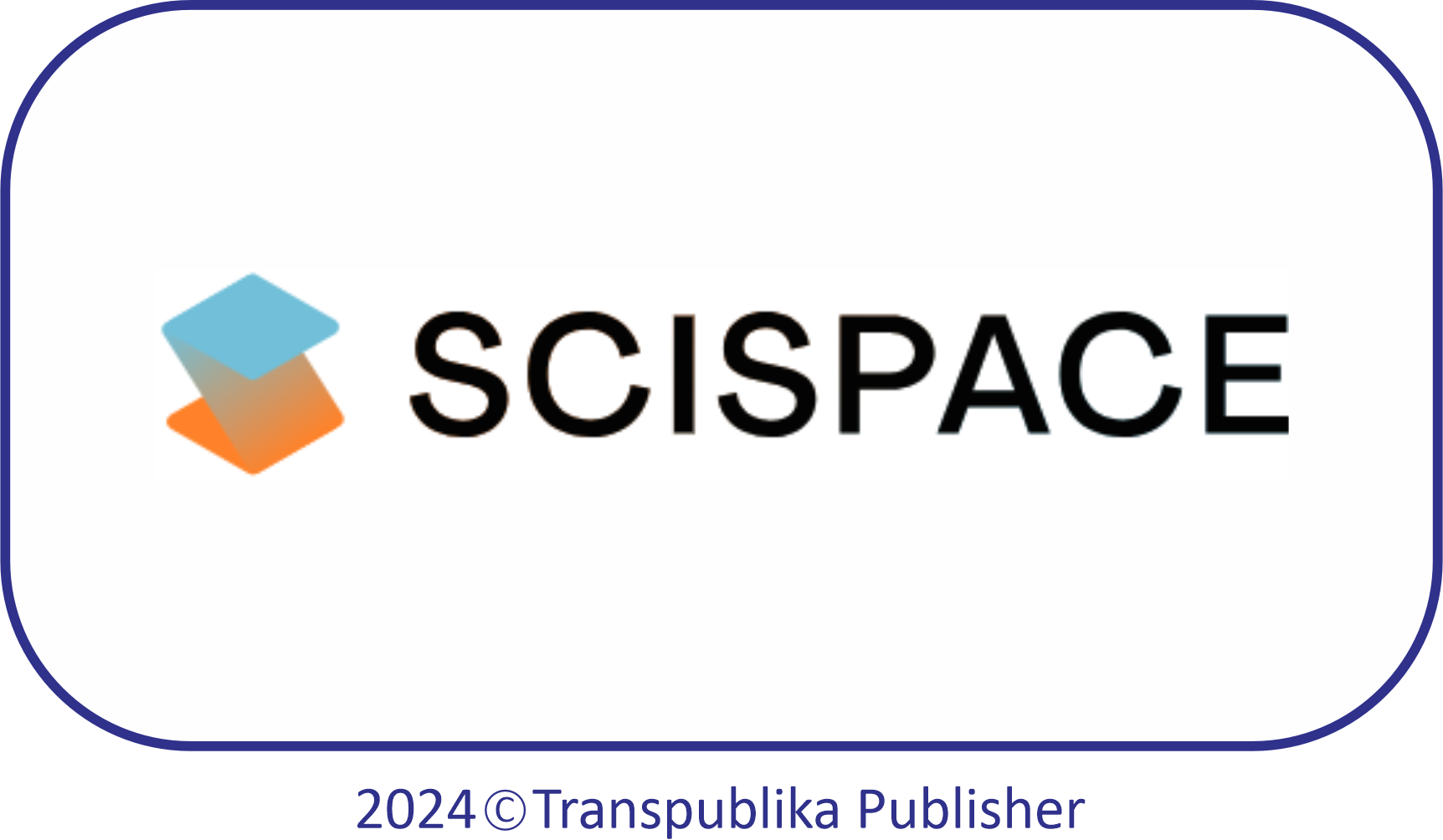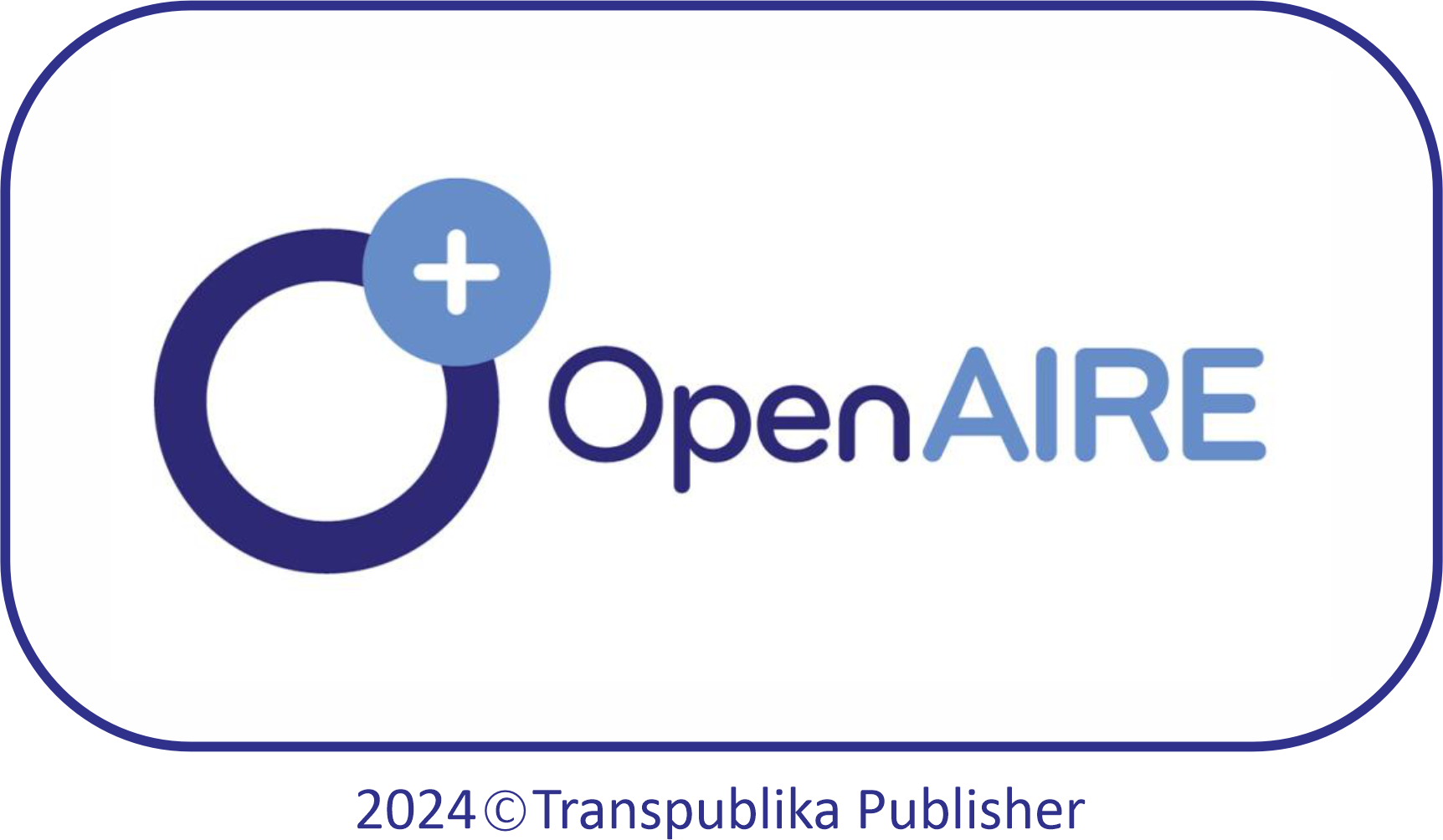Stunting Prevention Movement Through Education Programs in Kumbang Village Community
Abstract
Stunting is one of the main health problems in Indonesia that affects children's physical growth and cognitive development. To overcome this, increasing students' knowledge and awareness through educational activities about balanced nutrition is a strategic effort that can be implemented in the school environment. This research aims to measure the effectiveness of nutrition education activities at School 2 Lhoksukon in increasing students' knowledge about balanced nutrition and the importance of preventing stunting. Educational activities are carried out with an interactive approach involving lecture sessions, group discussions and direct practice regarding the selection and processing of nutritious food. The results of the analysis show a significant increase in the level of students' understanding of the concept of balanced nutrition, the importance of nutritious food, and the impact of stunting on health. Apart from that, there was a change in students' behavior in choosing healthier food after attending the education. In conclusion, this educational activity is effective in increasing students' knowledge and awareness about balanced nutrition and stunting prevention. Similar programs need to be expanded and implemented sustainably as part of the national strategy to reduce stunting rates in Indonesia.
References
Abdurrahman, A., Amiruddin, A., Bustami, B., Anasril, A., Husaini, M., & Mutiah, C. (2022). Penyuluhan Kesehatan tentang Pencegahan Stunting dengan Perbaikan Pola Asuh Gizi Mulai dari Masa Hamil sampai Balita. JURNAL KREATIVITAS PENGABDIAN KEPADA MASYARAKAT (PKM), 5(8). https://doi.org/10.33024/jkpm.v5i8.6384
Badan Penelitian dan Pengembangan Kesehatan Kementerian RI. (2018). Badan Penelitian dan Pengembangan Kesehatan Kementerian RI tahun 2018. Riset Kesehatan Dasar (Riskesdas). https://layanandata.kemkes.go.id/katalog-data/riskesdas/ketersediaan-data/riskesdas-2018
Beal, T., Tumilowicz, A., Sutrisna, A., Izwardy, D., & Neufeld, L. M. (2018). A review of child stunting determinants in Indonesia. Maternal and Child Nutrition, 14(4), 1–10. https://doi.org/10.1111/mcn.12617
Fentiana, N., Tambunan, F., & Ginting, D. (2022). Stunting, Pemeriksaan Kehamilan Dan Konsumsi Tablet Tambah Darah Ibu Hamil Di Indonesia: Analisis Data Riskesdas 2013. Jurnal Keperawatan Suaka Insan (Jksi), 7(2), 133–138. https://doi.org/10.51143/jksi.v7i2.351
MCAI. (2016). Stunting dan Masa Depan Indonesia. Milenium Chalengge Account Indonesia (MCAI).
Nadiyah, Briawan, D., & Martianto, D. (2014). Faktor Risiko Stunting Pada Anak Usia 0 — 23 Bulan Di Provinsi Bali, Jawa Barat, Dan Nusa Tenggara Timur. Jurnal Gizi Dan Pangan, 9(2).
Patimah, S., Darlis, I., Nukman, N., & Nurlinda, A. (2020). Peningkatan Kapasitas Kader Kesehatan Dalam Upaya Pencegahan Stunting Di Desa Mangki Kecamatan Cempa Kabupaten Pinrang. Jurnal Dedikasi Masyarakat, 3(2).
Sugiyono. (2015). Metode Penelitian Kuantitatif Kualitatifdan R&D. Alfabeta.
UNICEF, & Group, W. and T. W. B. (2020). UNICEF, WHO, The World BANK. Levels and Trends in Child Malnutrition, Joint Child Malnutrition Estimates 2020 Edition. 2020 Edition, 1–15.
WHO. (2018). Childhood stunting: challenges and opportunities: report of a webcast colloquium on the operational issues around setting and implementing national stunting reduction agendas, 14 October 2013-WHO Geneva. World Health Organization.
Copyright (c) 2025 Lensoni Lensoni, Juliana Sakinah

This work is licensed under a Creative Commons Attribution 4.0 International License.













.png)


.png)
.png)






.png)

